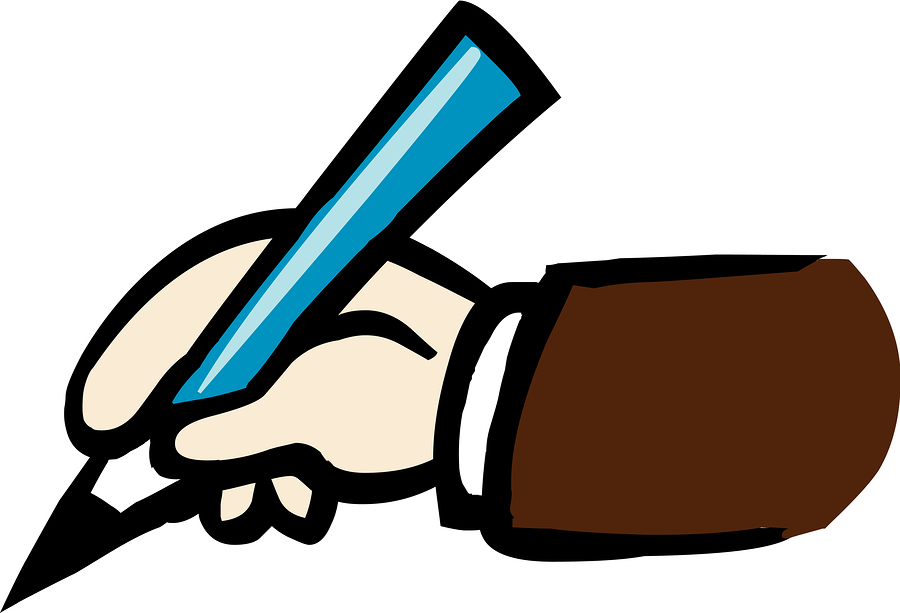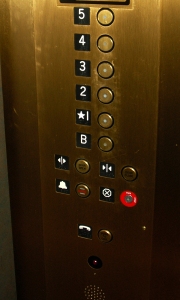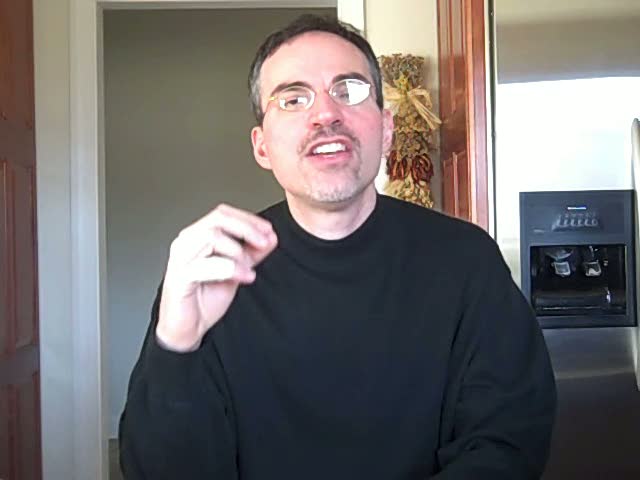Exercising Your Writing Muscles
One of my favorite books on writing is Beth Baruch Joselow’s “Writing Without the Muse.” You don’t read it as much as write your way through it. It’s a slim volume of sixty creative exercises that help you more closely see the world, stretch your imagination, and experiment with voice.
I’d like to share two of my favorite exercises from the book as a means of giving you a taste.
By the way, if you’ve never done writing exercises before, you’re in for a treat. The key is to approach them in the spirit of fun. As Joselow says: “Play is an important part of creativity. It’s a mistake to approach the task of writing even a serious piece without some playfulness. Wonderful things can happen when you take the risk of just fooling around.” p. 14
Exercise #1: “The Door in the Wall”
Narrow your eyes and stare across to the far end of the room. There, imagine you see a door.
What does that door look like? Is it plain or ornate? Is it constructed from wood, metal, or another material? Does it have anything written on it?
Write about that door in detail, including the feeling you have as you approach it.
Now that you know what the door looks like, grasp its handle, open it, and step inside. What do you see?
Again, write about the experience in detail. Take ten minutes and tell us everything.
Exercise #2: “Every Day for a Week”
Every day we repeat certain activities, like brushing our teeth, drinking morning coffee, walking the dog, and the like. Your assignment: Pick one of these repeated activities, and write about it for ten minutes each day for a week.
When you’ve completed the assignment, you’ll have a seven-day log that describes a single, small aspect of your life. Look over your work:
How does your writing differ from day to day? How does it stay the same?
Look, too, at the activity you’ve been writing about. How have you changed the way you’ve approached the activity itself, because of the scrutiny you’ve given it?
Try these two exercises on your own, or consider doing them with friends. They get the blood in your brain pumping, and can trigger some excellent conversations.
If you’d like to share the results with me, I’d be pleased to hear about them.






